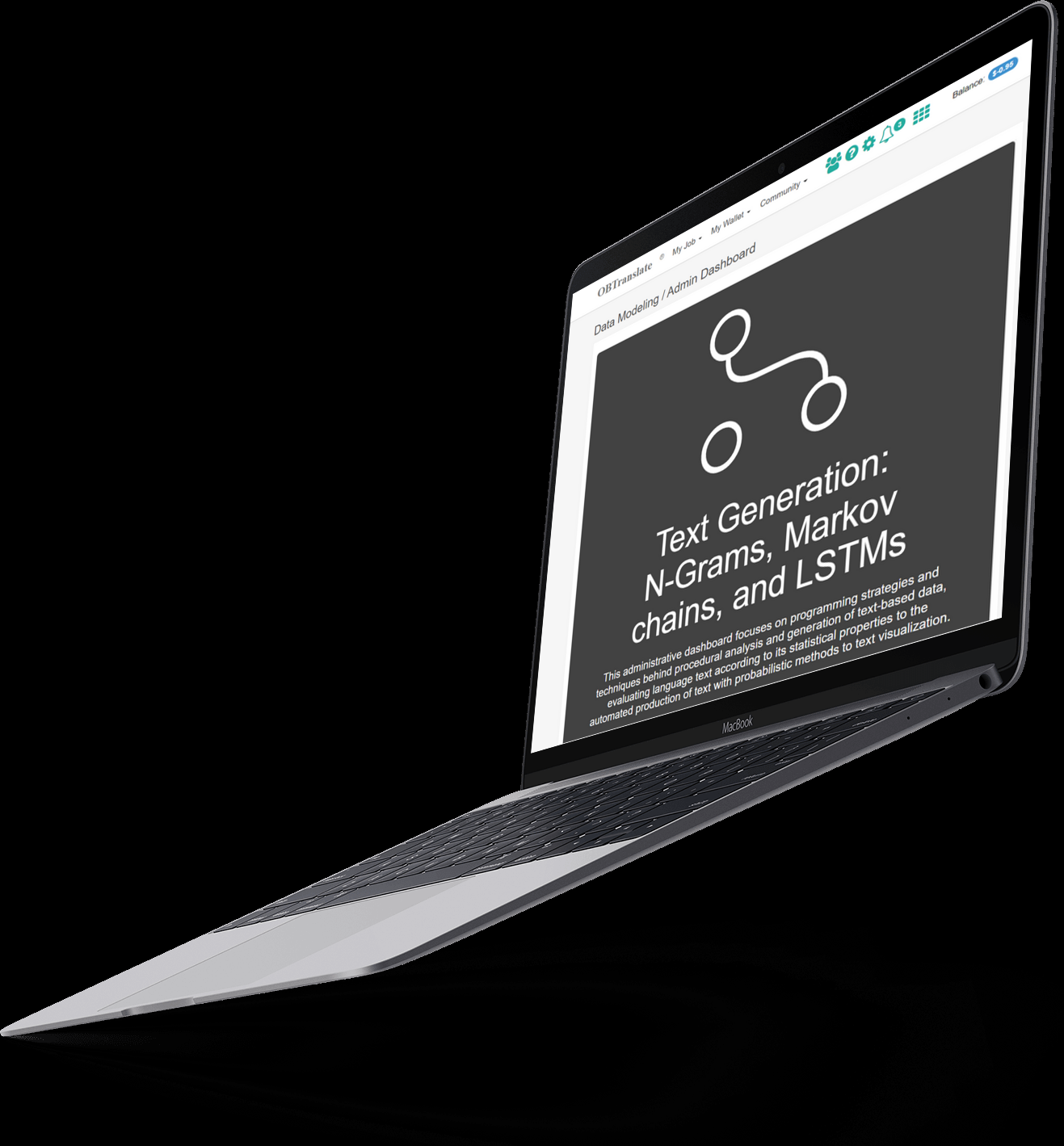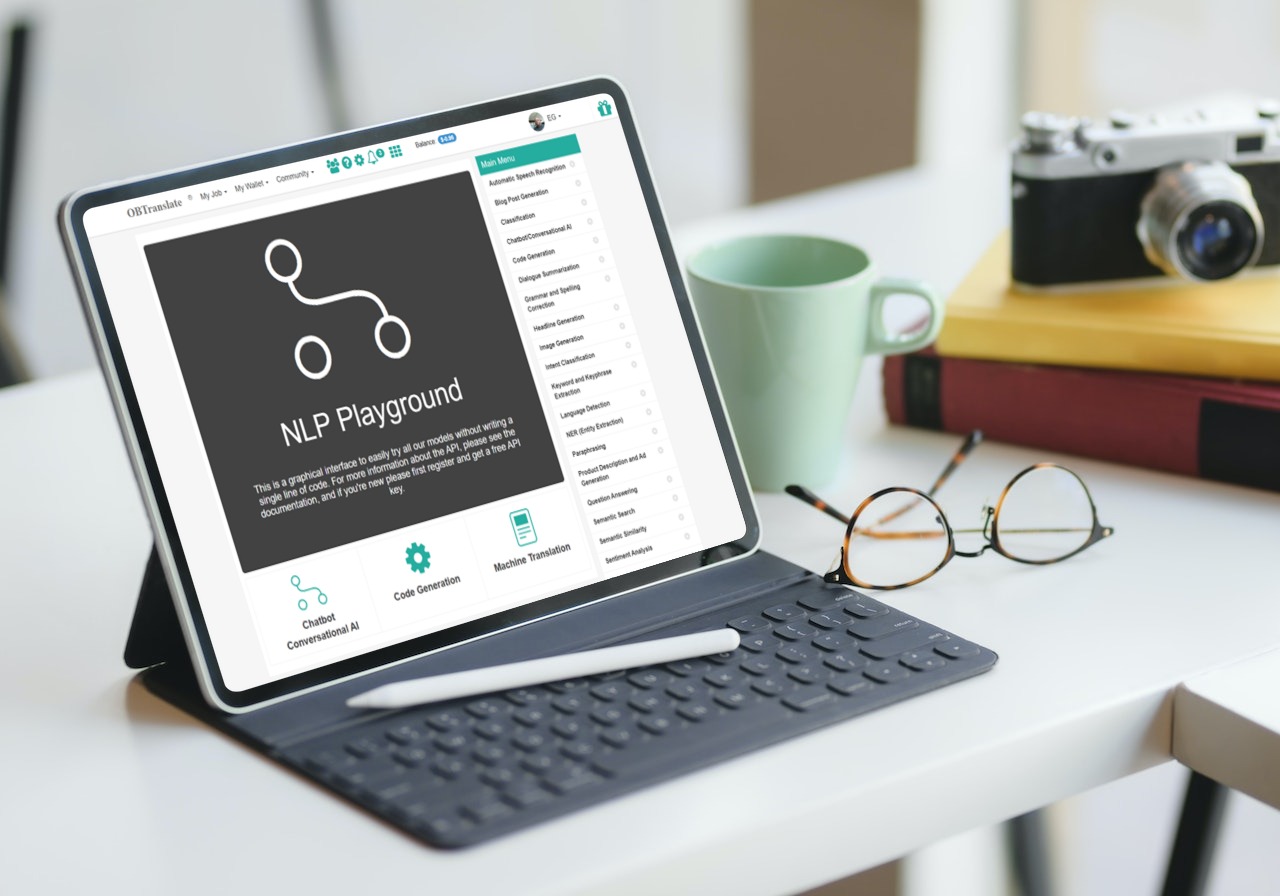OBTranslate® neural machine translation (MT/GPT-1) platform is optimized on over 2 billion tokens, which could surpass most 100B+ parameter models in classification. Our GPT-1 is formed and trained with a decentralised algorithm with an interconnection of 1 Gbps, contrary to the typical data centre networks of 100Gbps-1.6Tbps.
At OBTranslate®, we are a team of programmers, data scientists, physicists, mathematicians, cloud architects and hackers, working together to tackle a single problem with "artificial intelligence and deep learning."
We are working hard to bring computation power together to support the open models ecosystem, while developing decentralized training algorithms for heterogeneous GPU hardwares connected over slow (1Gbps) internet links. We are building state-of-the-art models that are much larger, that can outperforms many 100B+ parameter models on classification benchmarks. Training foundation models, such as GPT and MT can be extremely expensive, often involving tens of thousands of GPUs running continually for months and even years.
Our AI models, known as Large Language Models (LLMs), are very complex and expensive to train. These models are typically trained in specialized clusters featuring fast, homogeneous interconnects and using carefully designed software systems that support both data parallelism and model/pipeline parallelism. Training foundation models, such as OBTranslate® GPT and MT can be extremely expensive, often involving tens of thousands of GPUs running continually for months. The server costs required to train these models run into hundreds of thousands of dollars.
OBTranslate GTP-1 is a state-of-the-art generative AI model based on the Transformer architecture. Our Transformer architecture is a special kind of neural network.
The OBTranslate GTP-1 generative AI model is inherently good at generating text based on given inputs. Depending on your input, you can tell your AI model to do different things. For example, you can ask the model to classify text, extract specific entities from text, summarize large pieces of content, paraphrase some content, answer questions, and of course act as a chatbot.
Read More
|
Wayback Machine (WM)




